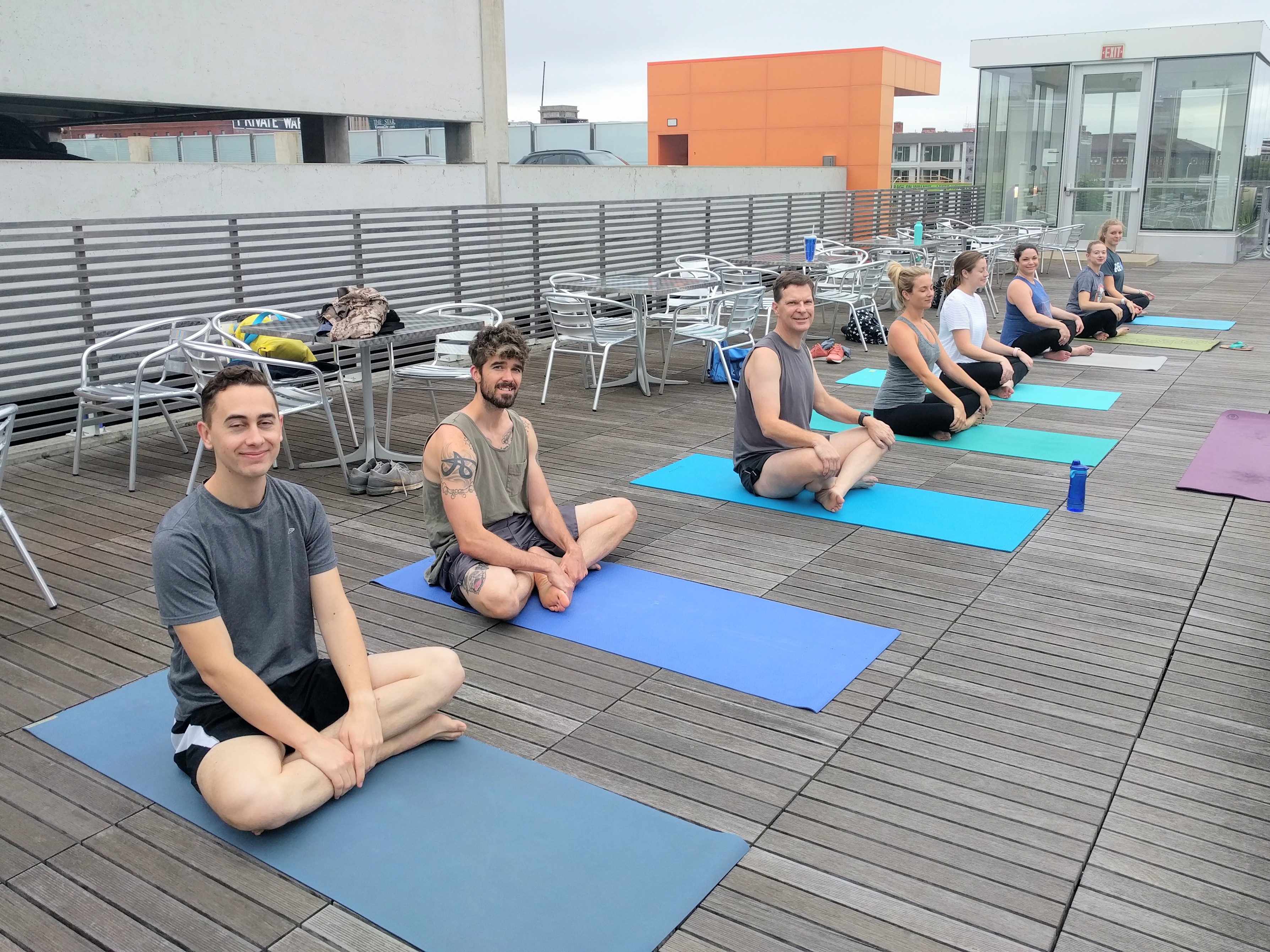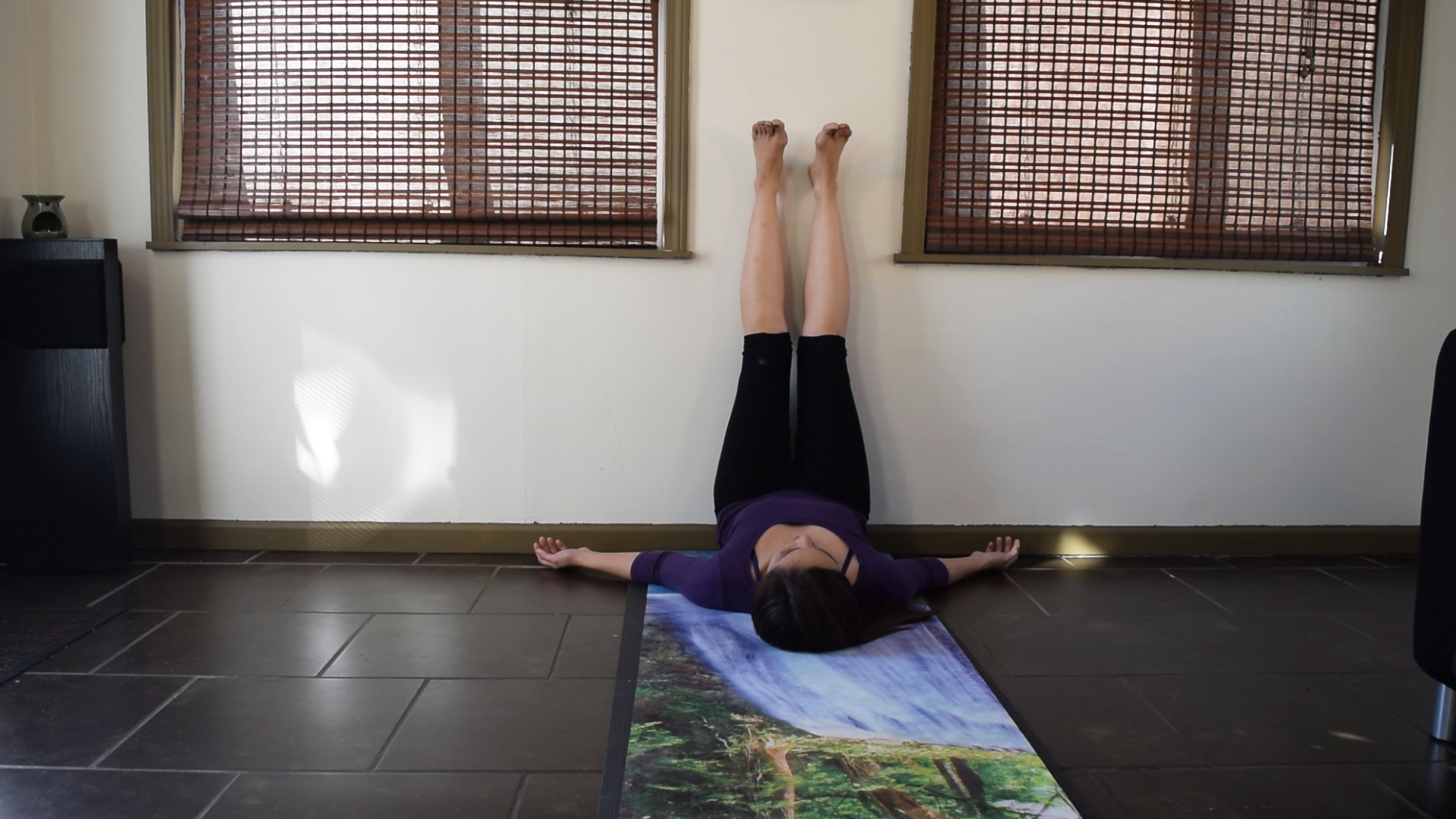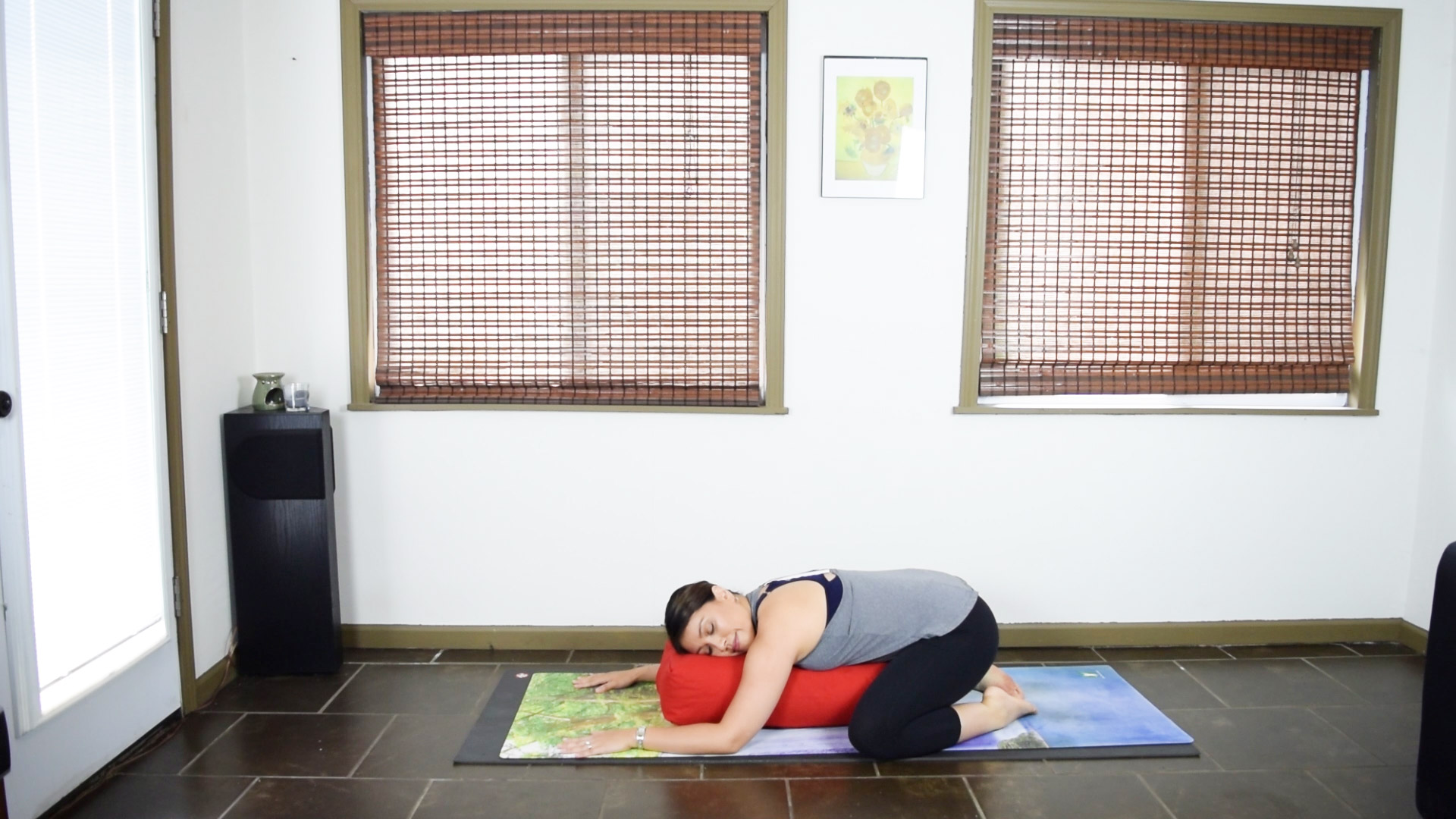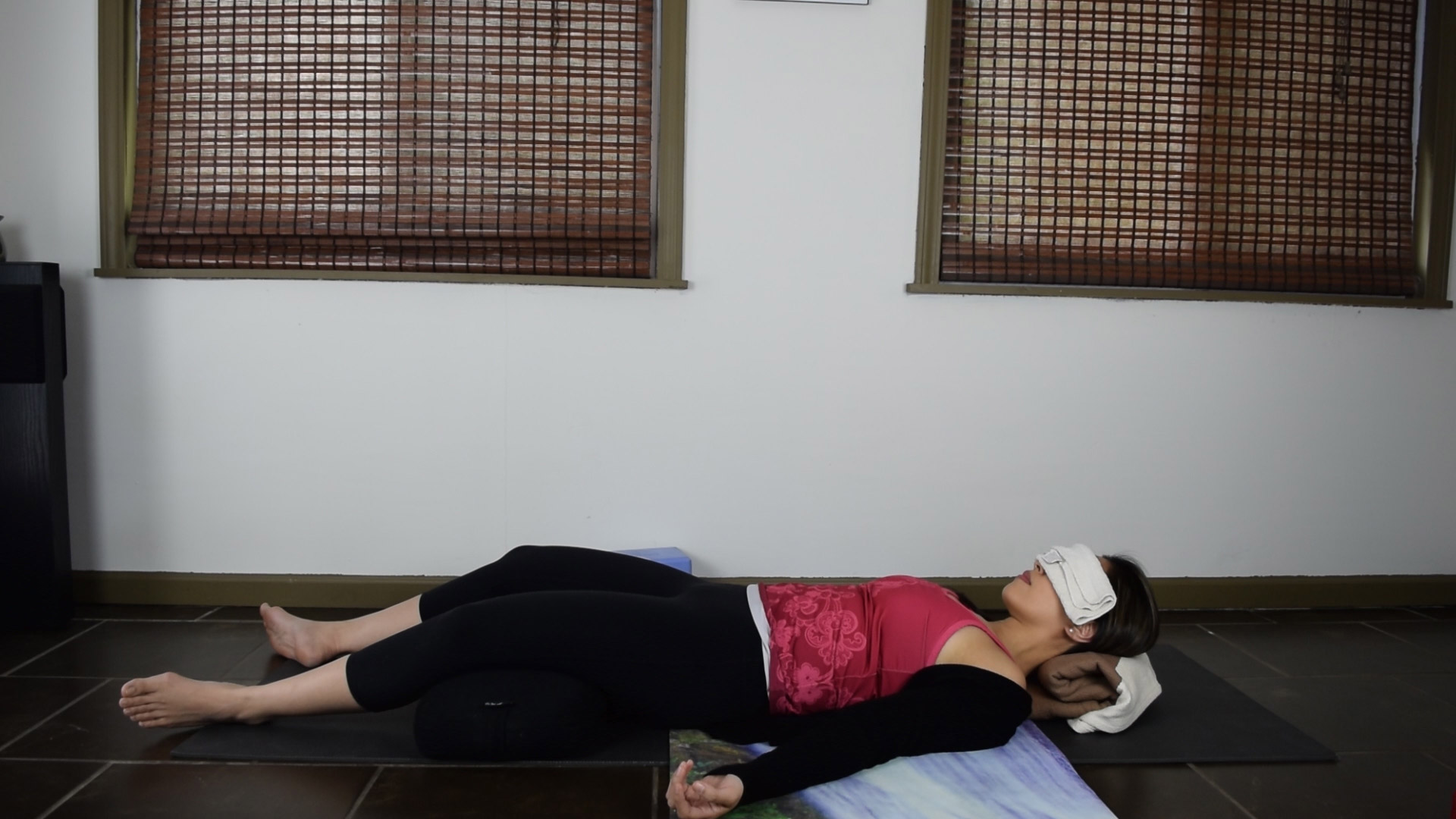I was talking with an acquaintance recently and she was saying that she preferred “studio yoga” over “gym yoga.” My interpretation is that she thinks the gym version is somehow inferior or it’s not the real thing. I understand where this preconceived notion comes from. Some people imagine yoga in a gym setting means an instructor barking cues at sweaty and stressed out participants. It’s not exactly the serene and graceful picture you often have of yoga.
So, what is real yoga? Is there even such a thing? Or are they all the same, wherever and however you practice it? There is always some new and emerging yoga trend: acro yoga, standup paddleboard yoga, dog yoga, and yes – beer yoga! Surely, we need to draw the line and decide that some of these so-called styles shouldn’t be attaching the word yoga to their names, right? How can you tell which class is truly yoga and which one is just marketing hype?
I think it all boils down to the essence of yoga. Before we get into that, let’s look at two important words that will help us in our assessment – distill vs. dilute. To distill means “to extract the essential meaning or most important aspects of.” A distilled version of something is very powerful because it contains the pure essence or most important elements. Essential oils, for example, are very potent! This brings us to our next word – dilute – which means “to make (something) weaker in force, content, or value by modifying it or adding other elements to it.” For most essential oils to be usable, we often need to add other ingredients to it. The essence is still there but the potency is greatly reduced. It’s a slightly “watered down” version of the original. You might need to use more of it to get the same effect.
How does this relate to yoga? When looking at a yoga offering, we need to look beyond its outer packaging and investigate what’s inside. Is the essence of yoga present? I frequent yoga teacher online groups on Facebook and other sites. Every now and then someone will see a post about a yoga workshop and immediately condemn it as “not yoga,” without bothering to know what it really is, as if they are the arbiter of what’s real and what’s not. (Side note: In almost any gathering of yoga teachers, you will find the kindest and most compassionate souls but also the most most judgmental and yogier-than-thou individuals! Sorry, just calling it as I see it.). It’s good to be discerning about yoga but we should find out more about what we aim to critique, instead of harshly dismissing it just because it doesn’t look like what we want it to look like. I’ve seen people look their noses down on 45-minute office yoga because they don’t think it’s “authentic.” Is real yoga 2 hours long and can only be found in incense-burning studios? Is it only taught by turban-wearing teachers dressed in all white? Is it not real if there is some sort of physical fitness involved?
For me, the essence of yoga is not about the length of time you practice or the venue of the class. It’s not about viewing physical exercise as an inferior activity. It’s not about looking like a hippie or having an Indian guru. Based on my own experience, when distilled to its purest form, yoga is the practice of training and refining our attention. Yoga is about uniting body, mind, and spirit. Yoga is being fully present as much as possible. Yoga is about being compassionate to others and oneself. Yoga teaches us to honor the present moment and to be grateful for whatever it brings. I’m sure you have your own definition of what yoga means to you, based on your own practice.
When someone says to me that the power yoga offered at their gym is not “real” yoga because it’s just exercise (as if exercise is somehow a bad thing), I would ask them to try it first before they judge. What if in that power yoga class, you experience being fully present in your body? What if after yoga at the office, you gain more clarity and focus? What if after your fun acroyoga practice, you come home and treat your family better? What if all you did today was pause and take five conscious breaths, and you were able to respond to a difficult conversation with more kindness? If you know how to distill the essence of yoga, you can take that essence with you wherever you go and infuse it into whatever you’re doing. Whether it’s yoga in an ashram or in your office cubicle, you have the ability to make it an authentic experience.
What about yoga that’s been diluted, yoga that’s mixed with something else? I’ve seen yoga fused with dance, hiking, martial arts, etc. For me, as long as the essence is there, it’s still yoga. Just like with essential oils mixed with other substances, you still get the benefits when you use it. The first yoga class I ever took was at a gym. There was loud music playing outside and it was very physically challenging; but I fell in love with it because it taught me how to slow down and truly observe my breath and the sensations in my body. The class was “packaged” or “branded” as a fitness class but in it I experienced the essence of yoga. However, I do think there are yoga styles and brands out there that take it too far. They dilute or water it down so much that it becomes unrecognizable and the essence is lost. This is where we need to exercise critical thinking and be clear on what we value about yoga. I’ve been seeing ads for beer yoga and wine yoga making the rounds on social media. My first impulse, to be honest, is to write it off as marketing gimmicks. However, I should take my own advice (haha) and try it first before judging. (I love both yoga AND wine; but I’m not sure that’s a great combo.) I’ll let you know if I do try it. 🙂
In the end, the difference between what we label as real and fake yoga, lies not in the outer packaging but in the actual contents. Real yoga exists wherever we are able to experience its essence, no matter what external form it takes.
















